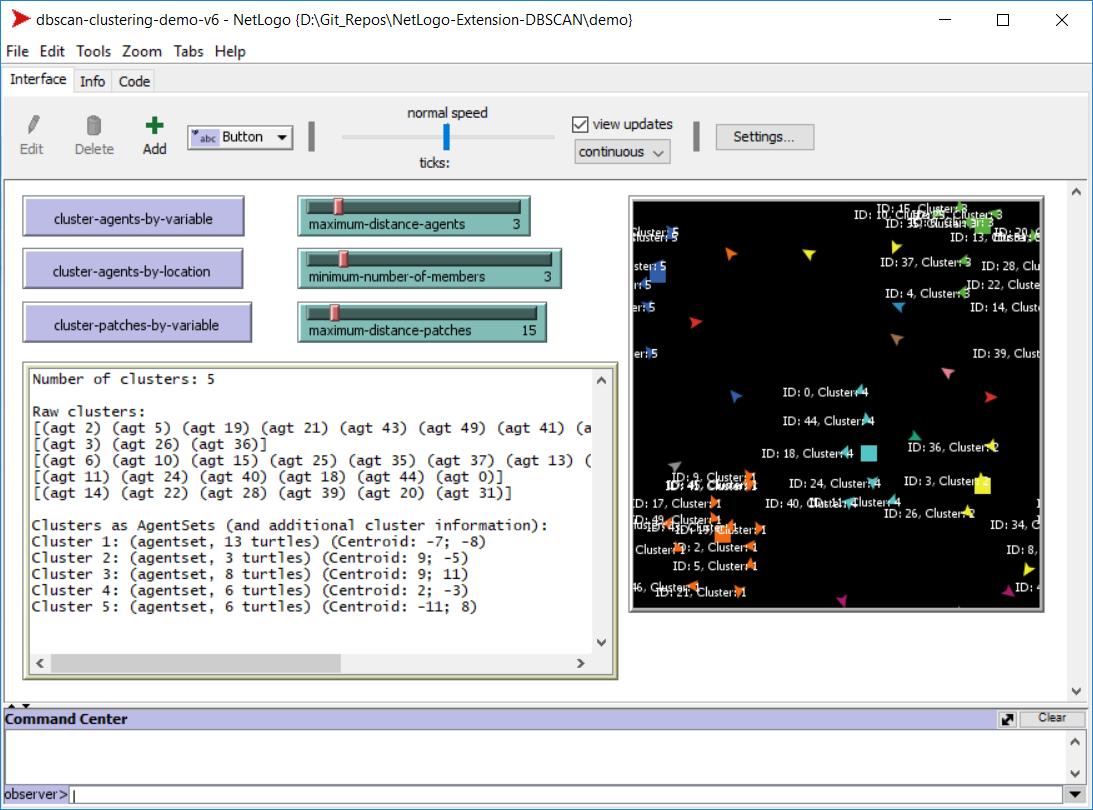

We discuss the benefits and challenges of combining a system dynamics models as an aggregated view with an agent-based model as a disaggregated view to improve social-ecological system understanding.

Our approach exemplifies how a hybrid model is used to unpack SES complexity and analyze interactions between ecological dynamics and micro-level human actions. We illustrate the procedure and discuss opportunities and limitations of hybrid models against the background of an archetypical SES case study, namely the restoration of a turbid lake.
#Netlogo system dynamics drivers#
The procedure consists of steps for (i) specifying the characteristics of the link between the social and ecological systems, (ii) validating the decoupled submodels, (iii) doing sensitivity analysis of the decoupled submodels with respect to the drivers from the respective other subsystem and, finally (iv) analyzing the coupled model. The proposed steps allow for a systematic increase of the coupling between the submodels and building confidence in the model before deploying it to study the coupled dynamics. In particular, we present a procedure for model development and analysis that successively builds up complexity and understanding of model dynamics, particular with respect to feedbacks between the social and ecological system components. We propose building a hybrid model that combines a system dynamics with an agent-based approach to address some of these challenges. A major challenge, for instance, is linking the emergent patterns from individual micro-level human decisions to system level processes such as reinforcing feedbacks determining the state of the ecosystem. When integrating social and ecological dynamics, which are often studied separately, one has to deal with different modeling paradigms, levels of analysis, temporal and spatial scales, and data availabilities in the social and ecological domains. Modeling social-ecological interactions between humans and ecosystems to analyze their implications for sustainable management of social-ecological systems (SES) has multiple challenges.


 0 kommentar(er)
0 kommentar(er)
